Climate Engineering L.L.C.
Missouri ,
 United States
(+1) 989 732-2087
http://keepingyouwarm.com
United States
(+1) 989 732-2087
http://keepingyouwarm.com
Climate Engineering L.L.C. - Gaylord
Climate Engineering LLC., began with a simple idea. The ultimate is home comfort. Not content to deliver standard heating and cooling systems, owner Christopher Blake knew from experience that Total Home Comfort was possible for each of his customers.With this in mind, in 2003 Climate Engineering was born. With his experience in the trade, he sought the number one equipment, the best installation techniques, and the best people possible.
In the 8 years since its inception, Climate Engineering has enjoyed steady development, permitting it to build its custom of quality through superior service.Climate Engineering provides only the best heating & air conditioning goods available. If you choose a system from Climate Engineering to be installed in your house, you can expect worry free operation, total comfort and excellent service.
| Business Operation Hours | ||
| Monday |
9:00 AM to 5:00 PM |
|
| Tuesday |
9:00 AM to
5:00 PM
| |
| Wednesday |
9:00 AM to 5:00 PM |
|
| Thursday |
9:00 AM to 5:00 PM |
|
| Friday |
9:00 AM to 5:00 PM |
|
| Saturday |
Closed |
|
| Sunday |
Closed |
|
 HVAC Services
HVAC Services
Heating & Air Conditioning Systems
Climate Engineering offers only the finest heating & air conditioning products available. When you choose a system from Climate Engineering to be installed in your home, you can count on worry free operation, total comfort and excellent service.
Dual Fuel Heating Systems
What is a dual fuel system. Dual fuel heating systems combine a high efficiency gas furnace with a high efficiency air to air heat pump. In the milder months of the heating season, the heat pump will easily heat the home, affording you great savings on your utility bills. Once the temperatures fall below 20 degrees, the gas furnace takes over. This system provides you with the best of both worlds, and saves money each month!
Hot Water Heating Systems
Possibly the most comfortable and efficient comfort systems available. Hot water systems are also the most versatile, infloor radiant heating, baseboard systems, zoned forced air, domestic hot water heating, ice and snow melt systems, these are some of the many options available with hot water systems.
 Additional Information
Additional Information
Your own backyard has the potential to be an energy source for heating and cooling comfort.Outdoor air temperatures fluctuate throughout the year with the changing seasons. In contrast, ground temperatures about four to six feet below the Earth's surface remain relatively moderate and constant all year. That's because the Earth absorbs 47% of all the heat energy that reaches it's surface from the sun. A geothermal system circulates a water-based solution through a buried loop system to take advantage of these constant temperatures. A single piece of equipment has the ability to heat and cool your home, while providing some or all of your home's hot water as well. Geothermal systems can save you 30% to 70% on your monthly utility bills.
In the heating mode, the water circulating in the earth loop is colder than the surrounding ground. This causes the water to absorb energy, in the form of heat, from the earth. The water carries this energy to the heat exchanger in the pump. In the heat exchanger, refrigerant absorbs the heat energy from the water. The water now leaves the heat exchanger at a colder temperature, and circulates through the earth loop to pick up more energy.
The refrigerant gas, which contains energy gained from the earth loop, travels from the heat exchanger to the compressor. In the compressor, the refrigerant temperature rises to 160°. From the compressor, the superheated refrigerant travels to the air heat exchanger. Here, the heat pump's blower circulates air across the air coil, increasing the temperature of the air, which is blown through ductwork to heat the home. After refrigerant releases its heat energy to the air, it then flows to the earth loop heat exchanger to start the cycle again.
In the cooling mode, the water circulating in the earth loop is warmer than the surrounding ground. This causes the water to release energy, in the form of heat, into the earth. The water, now cooler from traveling through the ground now flows to the heat exchanger in the heat pump. In the heat exchanger, hot refrigerant gas from the compressor releases its heat into the water. This causes the water to increase temperature, which it releases to the ground.
The refrigerant, which has released its heat energy and became a cold liquid, now travels to the heat exchanger. Here the heat pump's blower circulates warm, humid air across the cold air coil. The air is then blown through ductwork to cool the home. The refrigerant in the air coil picks up the heat energy from the air, and travels to the compressor. When the refrigerant leaves the compressor, it then flows to the earth loop heat exchanger to start the cycle again.
 Languages Spoken
Languages Spoken
English
 Payment Options
Payment Options
 Visa
Visa Master Card
Master Card Cash
Cash Check
Check

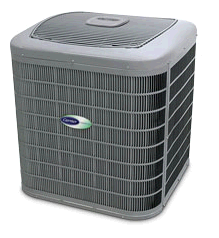
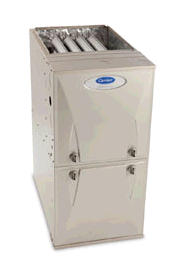
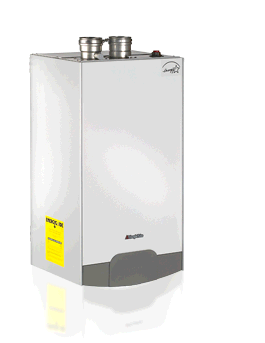
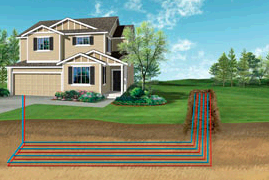
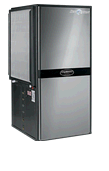



Write a review for Climate Engineering L.L.C.
* Review Title
* Review